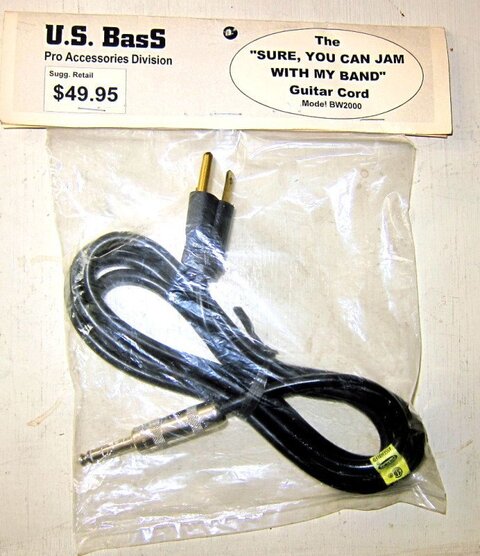DMXpro
Active Member
Hi,
I am in the market for an inexpensive opto-splitter. However, I want to experiment: I had an idea to essentially make one for no cost, as I have access to all materials for free. The idea would be to use an Ethernet hub as the splitter, and adapt RJ45 to 5 pin XLR. Is this feasible? I figured it should work since hubs do not "manage" the data like switches do; they'll just send along whatever they receive, so there's no chance of a failure due to the lack of recognition of DMX512 data as opposed to Ethernet. (And before you refer me to the $100 Enttec opto.....I've already seen it . just wondering if there's an even easier way to do it.)
. just wondering if there's an even easier way to do it.)
Thanks!
I am in the market for an inexpensive opto-splitter. However, I want to experiment: I had an idea to essentially make one for no cost, as I have access to all materials for free. The idea would be to use an Ethernet hub as the splitter, and adapt RJ45 to 5 pin XLR. Is this feasible? I figured it should work since hubs do not "manage" the data like switches do; they'll just send along whatever they receive, so there's no chance of a failure due to the lack of recognition of DMX512 data as opposed to Ethernet. (And before you refer me to the $100 Enttec opto.....I've already seen it
Thanks!



